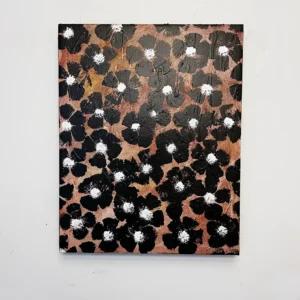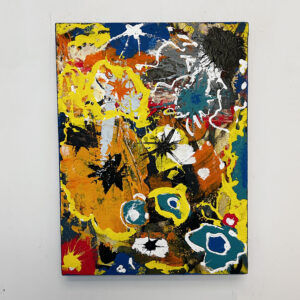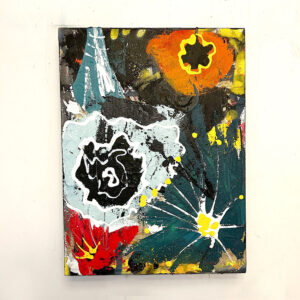Abstract art is a style of painting that incorporates elements of non-representational designs, shapes, colors, and textures. This type of visual expression relies heavily on the artist’s ability to harness the power of their perception and communication skills to portray a unique story or idea. In Pittsburgh, abstract art has become increasingly popular. It’s an attractive form of creative expression for those who don’t necessarily have artistic talent but still want to create something beautiful. There are many elements involved in creating abstract art – from color composition to texture choice to pattern recognition. Understanding each element can help bring your artwork to life and convey its intended message more effectively. Color plays an important role in abstract art as it helps emphasize certain aspects of your painting. You can use color to create moods, evoke emotion, or even draw attention to certain aspects of your artwork. Texture is also an important element as it adds visual interest and depth to any abstract art piece. By using various textures such as smooth, grainy, glossy, and matte elements, you can really bring your painting to life. Lastly, patterns are another key element in abstract art – they help unify the composition and give a sense of movement that helps draw viewers into the artwork’s story. By understanding each element involved in creating abstract art in Pittsburgh and how they relate to one another, you will be able to unlock new levels of creative expression and storytelling through your artwork.


